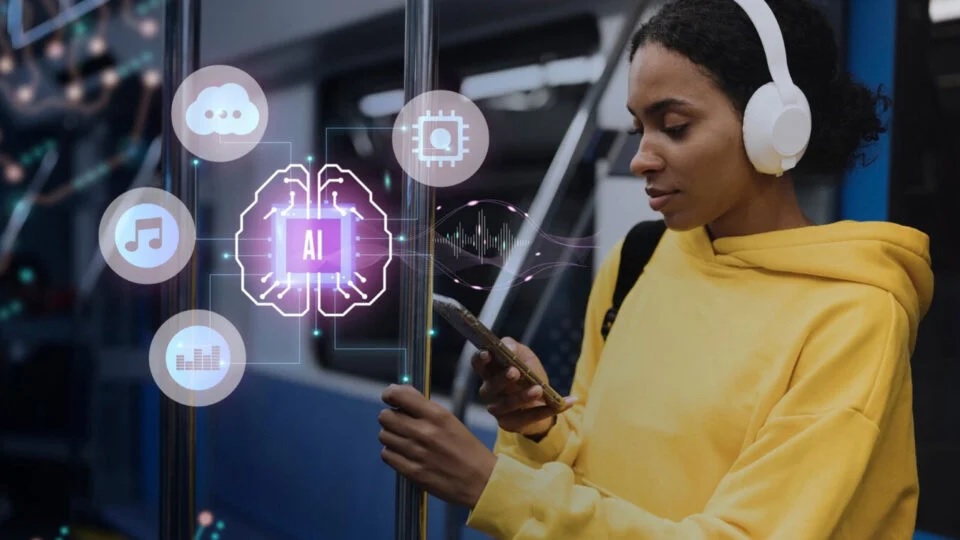Dev, can you start by sharing the journey that led you to establish QueryPal and what inspired you to focus on transforming customer support through AI-powered ticket automation?
The journey to QueryPal began with my experiences at Google and PayPal, where I saw firsthand the challenges of scaling customer support. I realized that while AI was transforming many industries, customer support remained largely unchanged. The inspiration came from seeing how Large Language Models (LLMs) could understand and generate human-like text. I knew we could leverage this technology to revolutionize customer support, making it more efficient and effective. QueryPal was born from the vision of creating an AI system that could understand customer inquiries at a deep level and provide accurate, helpful responses at scale.
How has AI enhanced the accuracy of customer support responses at QueryPal, and what role does it play in improving response times and customer satisfaction?
AI has dramatically enhanced the accuracy of customer support responses at QueryPal. Our advanced natural language understanding allows us to comprehend the nuances of customer inquiries, including context and intent. This leads to more precise and relevant responses. Moreover, our AI can access and synthesize information from vast knowledge bases in seconds, providing comprehensive answers faster than any human could. This improvement in both accuracy and speed has led to significant increases in customer satisfaction scores for our clients. We’re also in the early stages of researching Causal AI, which could enable our system to understand cause-and-effect relationships in customer issues, potentially allowing it to reason about novel situations it hasn’t explicitly seen in training data.
Personalized customer support is a significant advancement in customer service. Can you explain how AI-powered systems at QueryPal tailor responses to individual customer inquiries?
Personalization in QueryPal’s AI system operates on multiple levels. First, it considers the customer’s context, including channel metadata. Second, it analyzes the specific language and tone of the current inquiry. Finally, it takes into account how past responses for similar questions have satisfied customers. By combining these factors, our AI can tailor responses that not only answer the specific question but also address potential underlying concerns, use appropriate language and tone, and even anticipate follow-up questions. Personalization in QueryPal’s AI system is already advanced, but we’re excited about the potential of Agentic AI. We’re in the process of integrating this technology, which could allow our system to handle complex, multi-step tasks with minimal human specification. In the future, it might be able to understand the broader context of a customer’s journey, anticipate needs, and even take proactive steps to resolve issues before they escalate.
To Know More, Read Full Interview @ https://ai-techpark.com/aitech-interview-with-dev-nag/
Related Articles -
Deep Learning in Big Data Analytics
Top Five Data Governance Tools for 2024
Trending Category - IOT Smart Cloud











